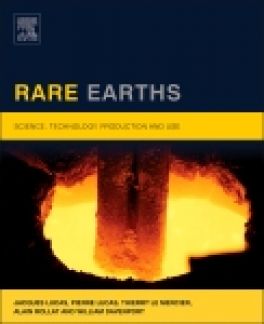Description
High-technology and environmental applications of the rare-earth elements (REE) have grown dramatically in diversity and importance over the past four decades. This book provides a scientific understanding of rare earth properties and uses, present and future. It also points the way to efficient recycle of the rare earths in end-of-use products and efficient use of rare earths in new products.
Scientists and students will appreciate the book's approach to the availability, structure and properties of rare earths and how they have led to myriad critical uses, present and future. Experts should buy this book to get an integrated picture of production and use (present and future) of rare earths and the science behind this picture. This book will prove valuable to.non-scientists as well in order to get an integrated picture of production and use of rare earths in the 21st Century, and the science behind this picture.
- Defines the chemical, physical and structural properties of rare earths.
- Gives the reader a basic understanding of what rare earths can do for us.
- Describes uses of each rare earth with chemical, physics, and structural explanations for the properties that underlie those uses.
- Allows the reader to understand how rare earths behave and why they are used in present applications and will be used in future applications.
- Explains to the reader where and how rare earths are found and produced and how they are best recycled to minimize environmental impact and energy and water consumption.

